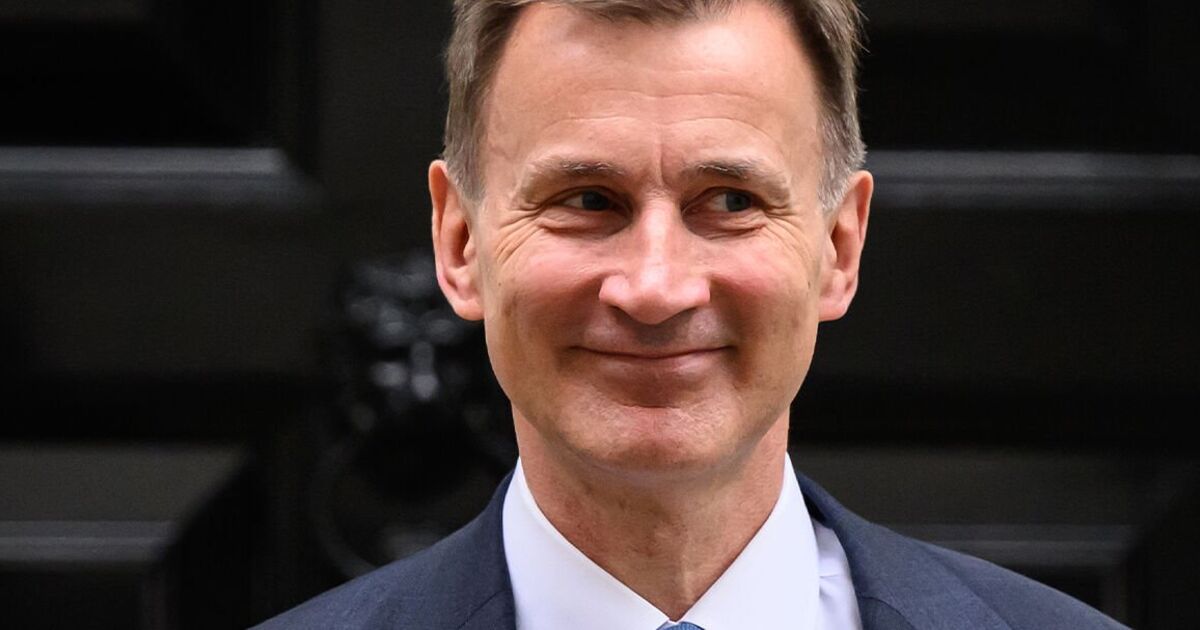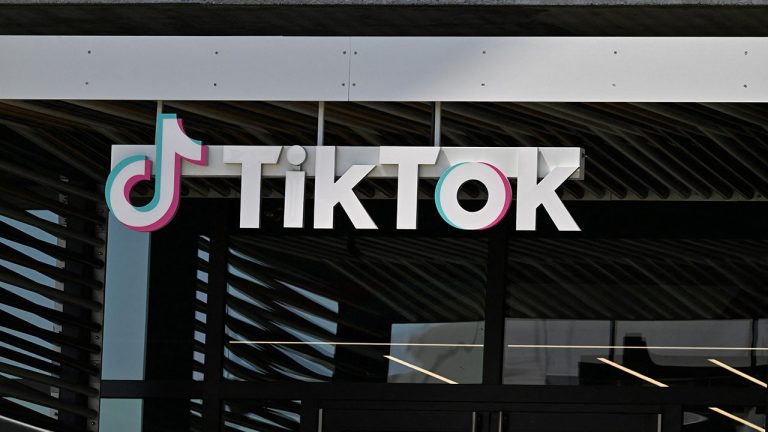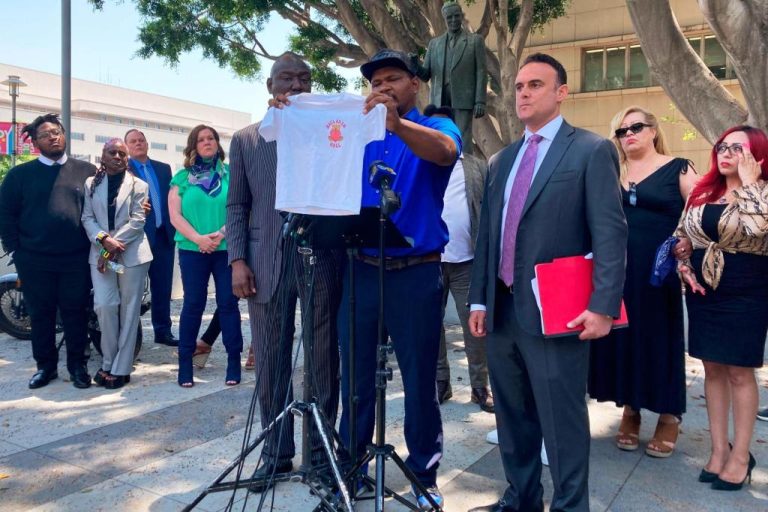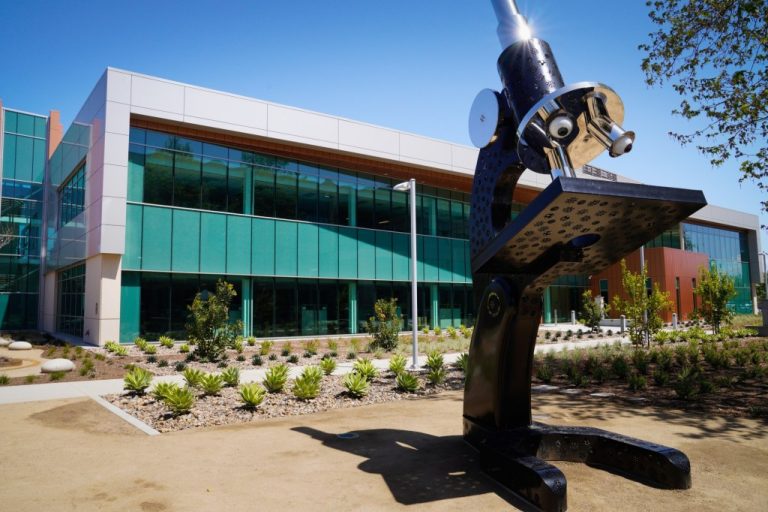
Due to a reported decline in the public finances outlook and limited “fiscal headroom,” rumors suggest the Chancellor may announce another National Insurance tax cut as the main highlight of this week’s Spring Budget.
It’s been mooted that Jeremy Hunt will announce a 1p reduction to Class 1 National Insurance – with the possibility of a 2p cut.
As with the 2p cut for employees announced in the Autumn Statement and appearing in pay packets from January, this is reportedly a less expensive move than an income tax cut.
It would also target individuals who earn their income through work, allowing the Government to present it as a tax cut to boost growth.
Gary Smith, partner in financial planning at wealth manager Evelyn Partners, said a cut to National Insurance “will be welcome” to workers who would see another rise in disposable income to follow from the 2p cut to NICs that arrived in January.
Commenting on how this may impact households, Mr Smith said: “A 1p cut would amount to an extra £74 a year for someone on £20,000 a year, £274 for someone on £40,000, and £377 for higher and additional rate taxpayers.
“The median employed earner on £28,000 a year gross would receive an extra £154 a year – or £12.80 a month.
“These amounts would double for a 2p cut, and it’s true that added to the 2p cut that kicked in in January, that would constitute a substantial tax cut, albeit one focused on workers and which will not benefit those who pay income tax but not NIC.”
However, Mr Smith noted: “For many taxpayers, though, snips to NICs either won’t apply or will be fighting against a rising tide of income tax and other direct taxation of capital gains, dividends, business profits and inheritances.”
Last week, the Office for National Statistics revealed finalised personal income tax statistics for 2021/22, which showed that the effects of fiscal drag were being felt even before the current allowances and thresholds freeze came into effect.
The data revealed that in the tax year ending April 2022, there were 33 million taxpayers, marking an increase of 1.3 million taxpayers, or 4.1 percent, compared to the previous tax year.
Of these taxpayers, 27.4 million paid the basic rate taxpayers compared to 26.6 million in 2020/2021. Meanwhile, there were 4.4 million higher rate taxpayers, compared to four million in 2020/2021.
Additionally, up to 0.5 million fell into the additional rate bracket, compared to 0.433 million in the year before.
Mr Smith said that, while these statistics are “backwards-looking”, they “clearly show” that more people were being drawn into paying taxes and into higher tax brackets well before April 2022.
He continued: “Rishi Sunak announced the freeze until 2026 as Chancellor at his 2021 Spring Budget, just before the bands went up by very small amounts in April 2021 – from £12,500 to £12,570 in the case of the personal allowance, and £50,000 to £50,270 for the higher rate threshold.
“The freeze was later extended until 2028, and forecasts of how many people will be drawn into paying tax, and paying tax at higher marginal rates, over the coming years should be updated by the Office for Budget Responsibility at the Budget next week.”
The OBR’s latest predictions show that between 2022/23 and 2028/29, threshold freezes mean nearly four million additional individuals will be expected to pay income tax, three million more will have moved to the higher rate, and 400,000 more will have moved to the additional rate.
This represents an increase in the number of taxpayers in each income tax band of 11 percent for the basic rate band, 68 percent for the higher rate and 49 percent for the additional rate.
Veteran broadcaster Andrew Neil recently hit out at the potential tax cuts as Britain still faces the highest tax burden since World War Two despite them.
Writing on social media platform X, Mr Neil said: “If the PM/Chancellor think that will change Tory fortunes in the coming election I have bridge to sell them.
“These mooted tax cuts would not prevent Britain’s taxes as a share of national income climbing to a record high. Tax revenues, which accounted for about 33% of national income on the eve of the pandemic, are set to climb to almost 38% by 2028-29 — the highest since the end of the Second World War. Remember that when Tories talk of tax-cutting on Budget Day.” (sic)
Mr Smith added that “striking [tax] forecasts” indicate that Budget tax cuts aside, households should look in the coming months and years at ways they can streamline their tax liabilities.
He explained: “For instance by using allowances effectively and perhaps, where suitable, raising pension contributions to take advantage of tax reliefs. In fact, for many young workers, one of the most effective ways to use the small monthly gain from a Budget NIC cut would be to put it straight into their pension.”
Chancellor Jeremy Hunt will announce the Spring Budget on Wednesday, March 6.
Writing on social media platform X, Mr Neil said: “If the PM/Chancellor think that will change Tory fortunes in the coming election I have bridge to sell them.
“These mooted tax cuts would not prevent Britain’s taxes as a share of national income climbing to a record high.
“Tax revenues, which accounted for about 33% of national income on the eve of the pandemic, are set to climb to almost 38% by 2028-29 — the highest since the end of the Second World War. Remember that when Tories talk of tax-cutting on Budget Day.” (sic)
Mr Smith continued: “These striking forecasts indicate that Budget tax cuts aside, households should look in the coming months and years at ways they can streamline their tax liabilities. For instance by using allowances effectively and perhaps, where suitable, raising pension contributions to take advantage of tax reliefs.
“In fact, for many young workers, one of the most effective ways to use the small monthly gain from a Budget NIC cut would be to put it straight into their pension.”
Chancellor Jeremy Hunt will announce the Spring Budget on Wednesday, March 6.






